Flags of Countries in South America
Argentina
Three horizontal stripes in light blue, white and light blue form the flag of Argentina. In the middle is a sun. It has 16 straight and 16 wavy or “flamed” sun rays. The sun is a symbol of the Incas. The sun with face and rays represented Inti, the sun god for the Inca.
In 1816 the flag was introduced in this form. It connects the Argentines with their country, regardless of where they originally immigrated from. So it is carried in advance at every event in schools by the flag bearer. This is usually the best student in school and is considered a high honor. The flag is also hoisted every morning, with all students watching. There is even a “Flag Day”. It’s June 20th. All fourth graders then say a text in which they pledge their allegiance to the flag.

Bolivia
Three horizontal stripes in red, yellow and green form the Bolivian flag. Red stands for courage, yellow for the natural resources of the country and green for nature. The flag is easy to confuse with the flag of Ghana, which still has a star in the middle!
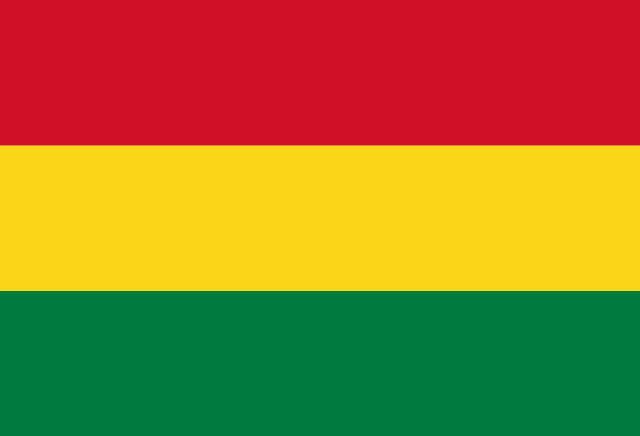
Brazil
A yellow diamond on a light green background is the flag of Brazil. In the middle of the diamond, the sky over Rio de Janeiro is shown, as the stars were on November 15, 1889 at 8:30 a.m. At that time the republic was proclaimed. The 27 stars represent the 26 states and the federal district. Above the “Himmelsrund” there is a saying: “Ordem e progreso”. That means “order and progress”.

Chile
The lower half of the Chilean flag is red. The red stands for the courage of the independence fighters of Chile. In the upper half there is a blue square with a white star on the left. Blue stands for the sky and the sea, the white star is a symbol of honor and progress. The rest of the flag is white and represents the Andean snow.
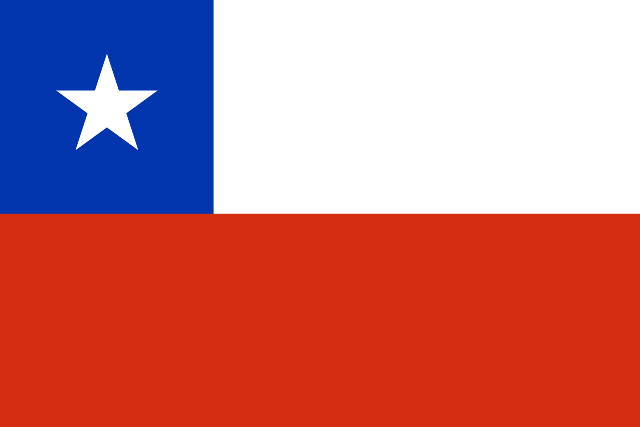
Ecuador
Yellow, blue, and red are the colors of the Ecuadorian flag. They were already the colors of Greater Colombia. They are arranged in three stripes, with the yellow stripe twice as wide as the other two. Yellow represents the country’s wealth. Blue stands for the sky and the sea on which Ecuador lies. Red represents the blood that was shed in the struggle for freedom. In the middle the condor holds the coat of arms of the country.

Guyana
With the red and gold triangles, the flag of Guyana is quite noticeable. The golden arrowhead should stand for natural resources and a golden future, green for the forests and red for energy and courage.
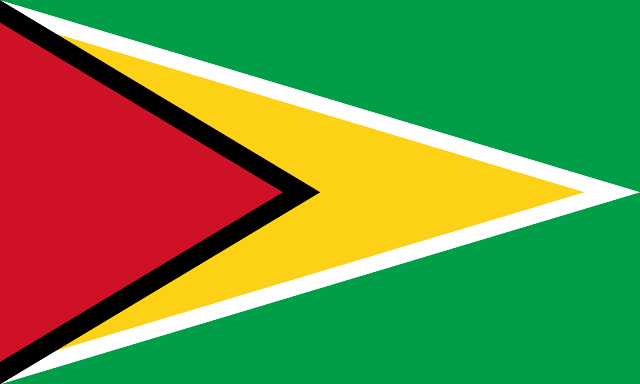
Colombia
Yellow, blue and red are the colors of the Colombian flag. They are arranged in three stripes, with the yellow stripe twice as wide as the other two. Yellow stands for the richness of the soil, but also for the sun and justice. Blue stands for the sky and the two oceans on which Colombia lies. Red represents the blood that was shed in the struggle for freedom.

Paraguay
Three horizontal stripes in red, white and blue make up the flag of Paraguay. The colors stand for justice, peace and freedom.
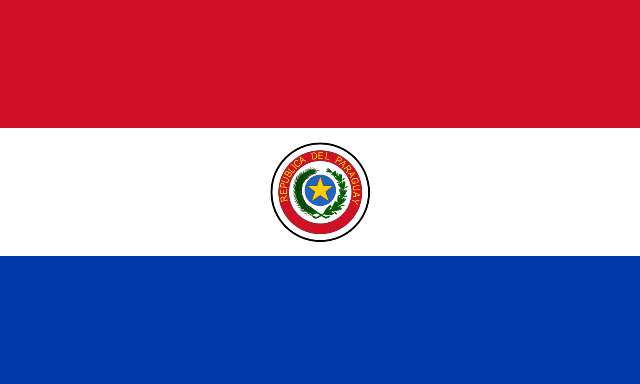
Peru
Vertical stripes in red-white-red form the flag of Peru. The origin of the colors is not clear, there are various explanations. The flag was officially adopted in 1825. On the national holiday, July 28th, all Peruvians decorate their homes with the flag.

Suriname
The two outer green stripes of the flag of Suriname represent the nature of the country, the white stripes for freedom and justice, and the red central stripe for progress and the struggle for a better life. The yellow star is a symbol of the golden future.

Uruguay
The colors blue and white as well as a sun are also part of the Argentine flag. Argentina and Uruguay initially belonged together after independence in 1810. The sun is a symbol of freedom and a national symbol of both countries. The Uruguayan sun has 16 rays.
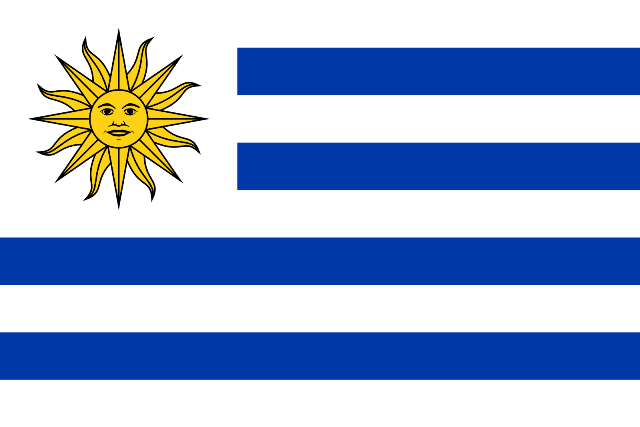
Venezuela
Yellow, blue and red are the colors of the Venezuelan flag. It looks similar to the flag of Colombia, but the stripes in Venezuela’s flag are all the same width. The yellow stands for sun and gold, blue for the sea and red for the courage in the struggle for independence. The eight stars stand for the eight provinces that once supported independence, one of which has been for Guyana since 2006. So there are: Caracas, Cumaná, Barcelona, Barinas, Guayana, Margarita, Mérida y Trujillo.
